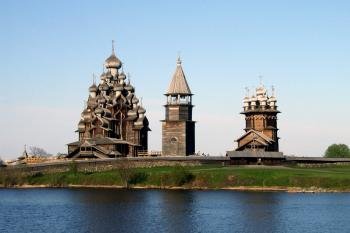
The Wooden Churches of Khizi, with their glistening silvery aspen shingles and their setting (if you are lucky with the weather!) among green fields next to blue waters, provide one of the WHS list’s great “iconic” views (photo). Many WHS are just “representative” rather than being “uniquely outstanding” but Kizhi’s striking shapes, magnificent craftsmanship and wonderful location lift them way out “of the ordinary” from among the many Christian buildings on the List – they did not disappoint and fully met my criteria for “Worth a journey”!
The WHS consists of the “Pogost” or walled enclosure and gate containing the Summer Church of the Transfiguration (left), the Winter Church of the Intercession (right) and a bell tower. The small island of Kizhi (6 x 1.5 kms) on which they are situated lies at the northern end of Lake Onega (said to be the second largest lake in Europe). The island itself constitutes an “Open Air Museum” with a range of wooden buildings re-erected from elsewhere in the region (including 2 more churches, one of which is from the 14th century and is claimed to be the oldest wooden building in Russia). We were somewhat concerned that this would detract from the impact of the inscribed “original” churches (which date back to the 18th century). The UNESCO inscription was also worried about this aspect. In fact, for a number of reasons, we felt that the extension of the site beyond its historical scope was a successful use of the space available …
Keep reading 0 comments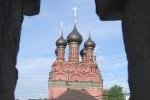
The historic centre of Yaroslavl was inscribed in 2005 perhaps as part of a “tourist push” in advance of the town’s thousandth anniversary in 2010 and we quite enjoyed our morning there in May 2007. The main justification for inscription was its late 18th century urban master plan in neo-classical style, the construction of which lasted into the 1830s, and its numerous churches, mainly from the 17th century (but going back to the 16th century monastery) often built in red brick with coloured tiles (photo). Its situation on the Volga/Kotorosl confluence is very pleasant. The streets and parks are leafy and it has a quiet civilised atmosphere belying its 600000 population. The Soviet period didn’t result in a great deal of building in the town centre which remains on a “human scale” and the whole area is easily “walkable”.
But the Soviet period was far from totally benign. The city was lucky that, of its 80 churches, 56 have survived, albeit in various stages of preservation after periods of use as warehouses, sports halls etc. One of the gems, with very fine murals in (to our eye) a reasonable state of preservation, is the Church of Elijah the Prophet. This is situated on “Soviet Square” and somehow escaped being blown up in the 30’s when the local Komsomol branch complained that it obstructed political meetings! Another church wasn’t so lucky. The site of the Dormition Cathedral is today a park overlooking the Volga. This provides an insight into post-Soviet Russia …
Keep reading 0 comments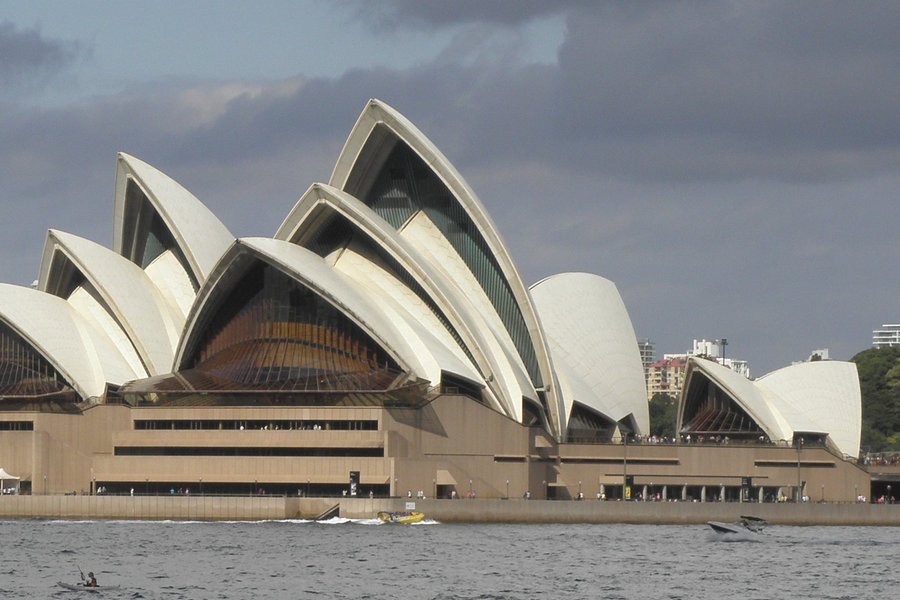
Next to the Ayers Rock, the Sydney Opera is the most identifiable and well-known Australian landmark, and probably the best-known opera house worldwide, at least in terms of its design. It is also a landmark in 20th century architecture, and of course, its location in exceedingly beautiful Sydney harbour is impossible to top. So any visit to Sydney would be incomplete without at least admiring the building from the outside, preferably from a ferry or a cruiseship. Having said that, I would say that this is also enough, and a visit of the interior of the building is not really necessary. It´s not particularly disappointing, there´s just not a whole lot to see. Still, when in Sydney, do as the Sydneysiders do and go to the opera!
Keep reading 0 comments
Unlike many other tourists in Italy I always wanted to visit Naples first and foremost. I knew it wasn't on the top of the list of popular tourist destinations and I didn't know much about it, but knowing about its cultural impact in addition to local traditions like the pizza or the Neapolitan Song, I decided a trip must be worthwhile. I was happy to learn my intuition was on the right track. Although partially bombarded during WWII the historical centre of Naples remained almost intact. It has plenty of narrow allies with market stands. The Duomo, Girolamini Monastery, Jesuite Church, Santa Chiara Convent and Capella Sansevero are my favourites, although you can find countless beautiful churches in the centre in great proximity to each other (featuring Donatello, de Ribera and Caravaggio just to name a few).Naples is also rich in museums (archaological museum, Capodimonte) and its variety of historical villas.
You need at least 3-4 days to explore Naples (without its great surroundings which require much longer). Four other WHS are easy to reach: Caserta, Amalfi Coast, Popmeii and related sites and Cilento and Valo di Diano including Paestum.
Keep reading 0 comments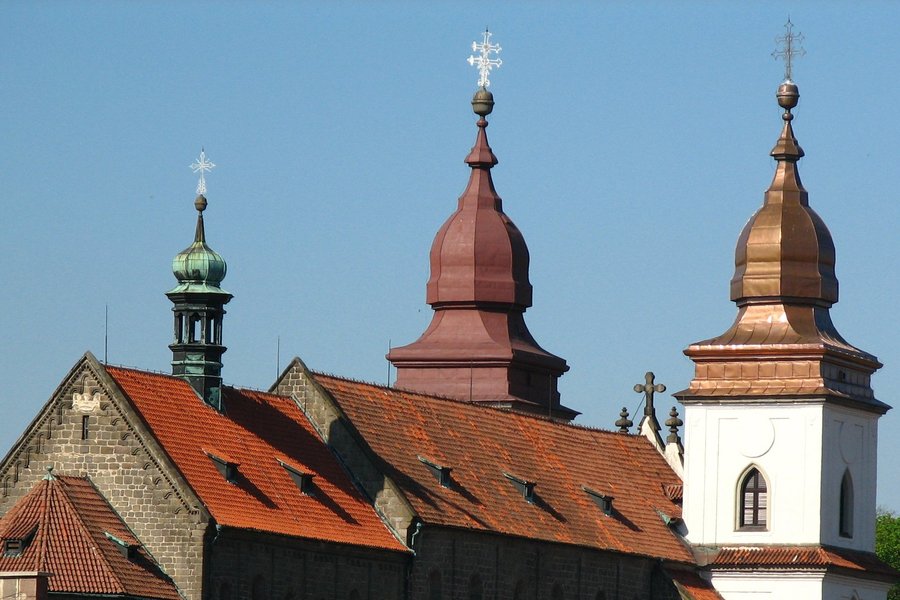
Trebic is a pretty, but relatively little-known city west of Brno that hasn´t seen much tourism before it was added to the WH List in 2003. The reason for that is the Jewish Quarter, which is one of the most important (historically speaking, for obvious reasons) and best-preserved in Central Europe. It´s also the only WH site with a Jewish subject outside of Israel. That´s all important, and Trebic probably deserves its place on the list for that, but to be honest, there´s not that much to see there. The former ghetto is nice to walk through, but the Jewish traces are not really very obvious (but, as stated below, well signposted). That´s also because of obvious historical reasons, since the Jews didn´t want to attract too much attention, but for today´s visitor, it doesn´t hold much obvious appeal. What is definitely worth a visit is the peaceful Jewish cemetery a few hundred metres up the hill, where the tombstones in three languages tell the story of the coexistence between the religions better than the Jewish quarter below. The nearby St.Procopius´ Basilica is also included in the site, but it doesn´t really have anything to do with the Jewish aspect of it. It is a nice and interesting building, though.
Keep reading 0 comments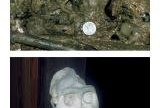
So, after deferrals in the previous 2 years, Lope finally got inscribed in 2007! As we had visited in 2001 I wish I could help celebrate another addition to my “seen list” by supplying a photo of a Western (or “Lowland”) Gorilla taken in the park. But, despite 2 hard and very hot days of tracking, our efforts were rewarded only by the roar of a male just a few meters away from us in a forest which was so thick that we still couldn’t see him! My photos are only of a gorilla hand print in the forest mud and a skull on the veranda of the Mikondo research centre in the Park!
In Rwanda and Uganda, trips to see the gorillas are advertised as “Tracking” more as an insurance against the possibility of a failure to see rather than as a true description of the experience. We saw them quite easily in both countries. In Rwanda at least, everything is so well organised with trackers out overnight following each of the families that you would have to be very unlucky not to see the creatures and you do not really “track” them – just go to where the trackers have already made contact. Even in Uganda it is more a matter of following a group which is not trying to evade you from the previous night’s location. And, when you reach them, they are so used to their daily “tourist visit” that they continue their lives totally oblivious …
Keep reading 0 comments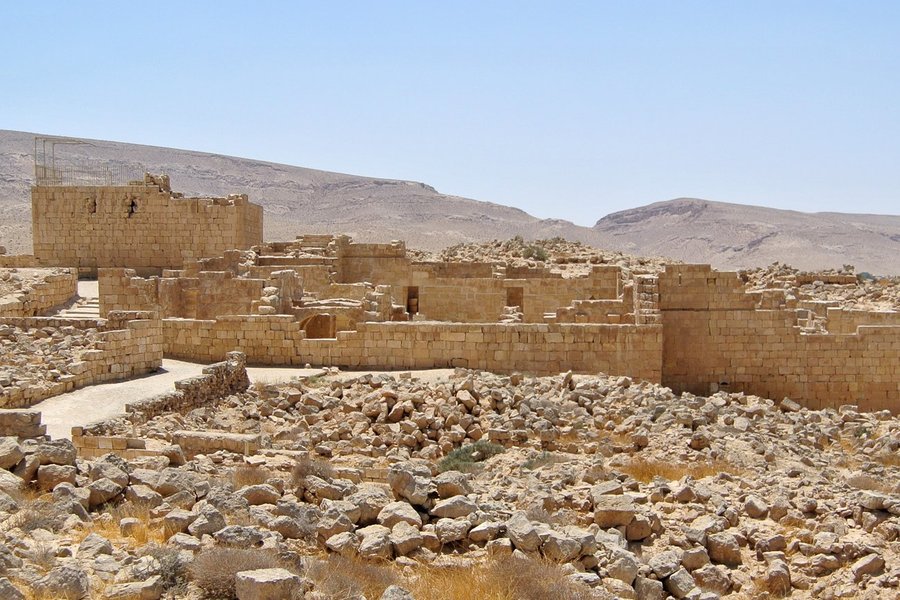
I've only been to two of the Nabatean cities in the Negev: Shivta (Sobota) and Avdat (Oboda). Both are well worth a visit if you are into desert landscapes and antiques. Sobota is the better preserved one among these two. It clearly shows the original urban structure and features two churches. A nearby fruit garden uses traditional agriculture (solely based on rain water) in order to reconstruct the Nabatean way of life in this arid climate. Sobota is inaccessible if you don't arrive by car and is usually empty. During my visit here me and my friends were the only visitors although we stayed for two hours! Add the already isolated desert environment and you get a feel of what it is like to live here.
Oboda is a larger complex and also has the advantage of being situated atop a hill on the road between Beer-Sheva (Bersheba) and Eilat (easily accessible with public transport). It also includes a reconstructed Nabatean house worth a visit. The surroundings are abundant with caves which the Nabateans used to exploit for various purposes. The nearby Oboda Spring is of exceptional natural beauty.
If you come down here don't miss the nearby Ramon cirque by any chance. It is world unique.
Keep reading 0 comments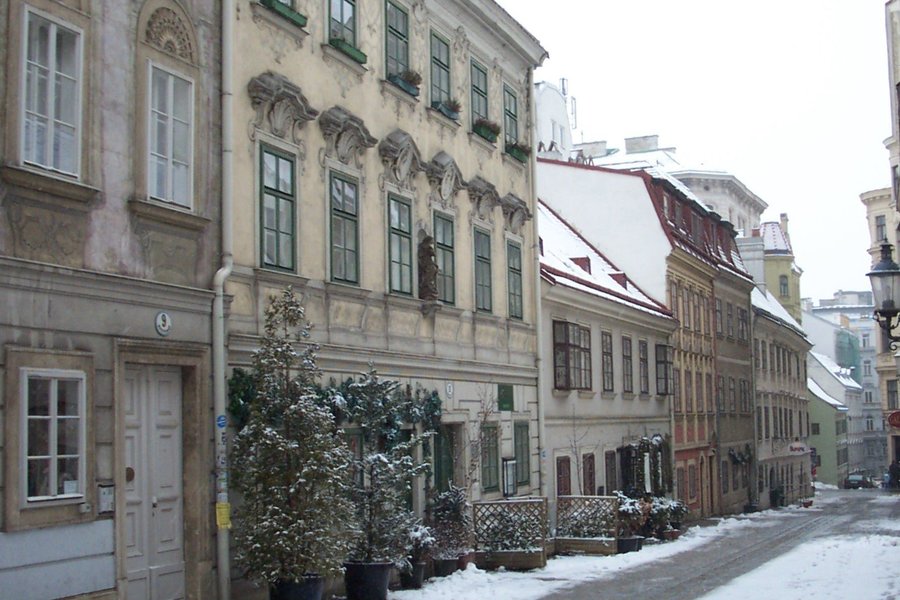
Vienna, like Prague and Budapest, is a profound experience. Many commentators will describe the beauty of its baroque architecture, and endless other qualities. While these descriptions are often very accurate, one of its stand-out qualities is its people. I have been to Vienna several times and will be returning very soon because of the Viennese culture. My experience has been that the Viennese are, while relatively wealthy, particularly friendly. The Viennese are both gentile and sophisticated. I can only urge anyone who is travelling to Europe for the first time to start your European experience in Vienna.
It would not be possible to properly explore Vienna under 4 nights or 5 days. Must see in Vienna; walk and walk the entire 1st District. This includes Hofburg Palace and St. Stephen's Cathedral. Also The Abertina, Belvedere and Schonbrunn palaces, and definitely a performance at Motzarthaus.
Best time to go to Vienna. Anytime, but I love Vienna in the snow, but Spring is breathless, particularly Belvedere and Schonbrunn.
Last, please learn some basic German, even it's to say please or thankyou!
Keep reading 0 comments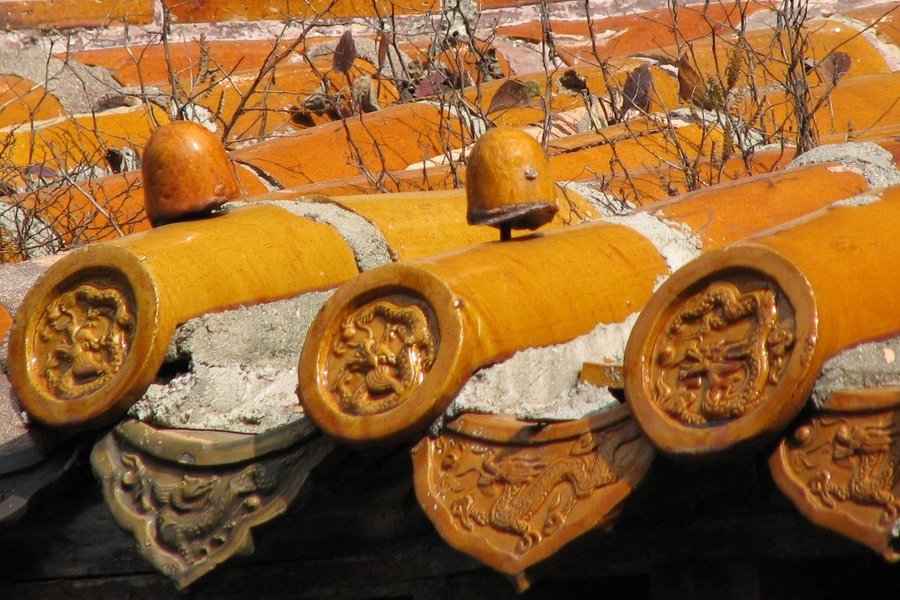
Hands down, the most significant mountain in chinese history, although Huangshan is reported to be the most beautiful one. But nevertheless, wheather you are seeking for stunning views or want to touch upon the ancient chinese history and culture, Mount Taishan will be a perfect choice for both options.
I climbed Taishan at the beginning of the fall on the day The Annual Taishan Climbing Contest was held. I actually took part in it and ran the half way to the top, from the center of Tai'an city to the Mid Heaven Gate. That's where you can take a cable car to the top, which I didn't. If you choose to climb on all the way up, then prepare yourself for a tough ascending. Although the main sites to see are all on the top, but the route might be rewarding as well. There are waterfals, rock calligraphy, temples etc along the way.
When you get to the top, don't forget to take a picture or two with the famous rock of Taishan. I'm not sure if it has a specific name, but four characters carved on it say: "The Most Gorgeous of Five Mounts". This is, without making things up, probably the most beautiful piece of calligraphy ever carved in rock, and it's on the 5 yuan bill for that :)
You find the rock somewhere beneath The Jade Emperor Peak.
The cable car alert above totally apply to me. I didn't know there was another cable car before …
Keep reading 0 comments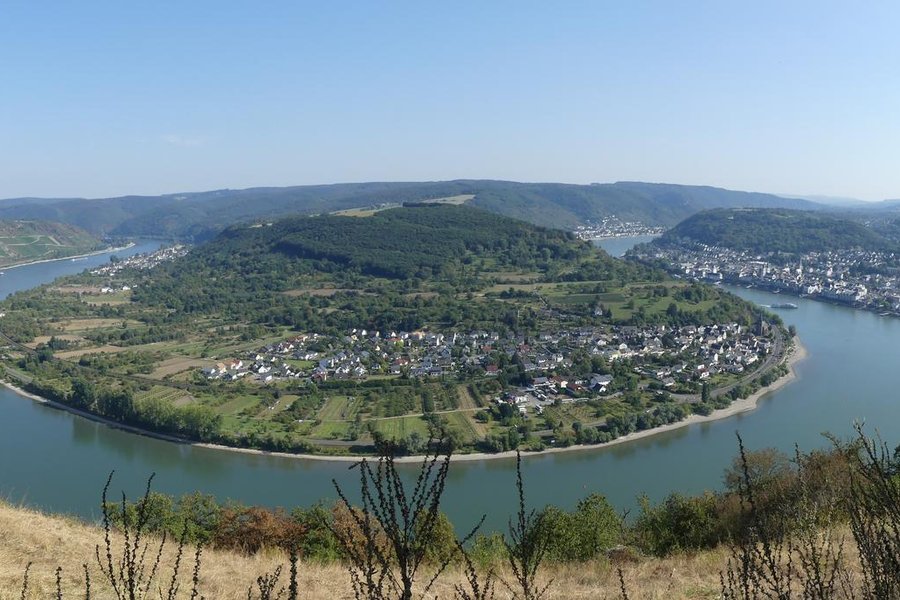
The Rhine Valley is THE classic German, and maybe even European, landscape, and should have been the first German site on the list, as suggested below. Well, in the early years UNESCO didn't accept cultural landscapes, but they made good in 2002. The site includes the most well-known stretch of the river between Koblenz (where the Moselle meets the Rhine at the Deutsches Eck) and Bingen. In between, there are countless small towns such as St. Goar and St. Goarshausen, connected by a ferry offering you a nice view of the vineyards on the shore. Close by is the famous Loreley rock, which is actually quite unremarkable today, because much of it was blown off in the early 20th century to make the passage easier for ships. I would have loved to see a castle or two, but it was raining too heavily, and the Rhine was almost at flood-level. It is obvious that the region's heyday as a tourist destination is over (I have never seen two more derelict train stations than in the two towns mentioned above), but it is still a very nice region that deserves a longer visit than most people give it.
Keep reading 0 comments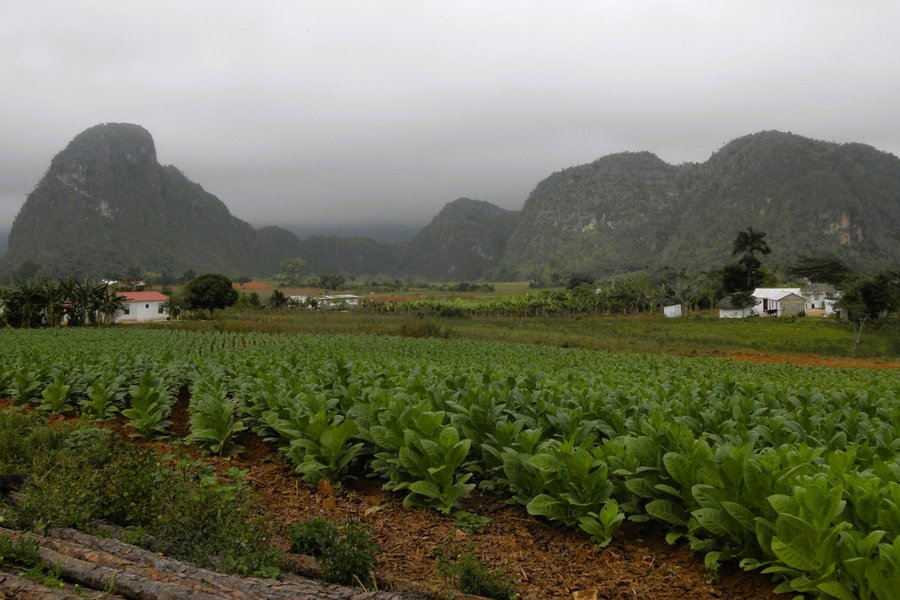
Accorfding to UNESCO, Vinales is on the list because "traditional methods of agriculture (notably tobacco growing) have survived unchanged there for several centuries. The region also preserves a rich vernacular tradition in its architecture, its crafts, and its music." Unfortunately these are the kinds of qualities that are not always easily discernible to the passing tourist as I was in 2001 when I visited. It is set in a Karst landscape that was visually intersting - but that was before I visited Halong bay and the Gulin/Yangshuo area of China. My friends and I had a pleasant stop there at a local homestay, where we had the best food we ate in Cuba (not much competition though I'm afraid). If you have a particular interest in
Cuban culture, tobacco growing, or are passing that way anyway, Vinales town is worth a stopover, but I wouldn't plan a holiday around it.
Keep reading 0 comments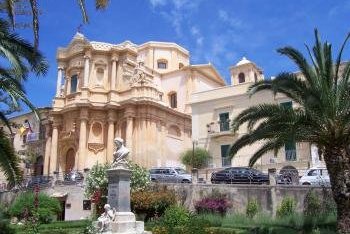
I spent a morning in the town of Noto, and enjoyed strolling along Corso Vittorio Emanuele, sitting in café’s and taking in the great façade’s. There was still a lot of restoration going on when we visited and there was no access to the Duomo, however the façade was viewable when we first turned up as the hoardings covering it were taken down, and it did look very impressive.
As with Els we were very impressed with the Palazzo Nicolaci di Villadorata and its great balconies. The whole of this bloc of the town was had speakers playing soft rock (Michael Bolton) it was not really noticeable when we first turned up but became a little irritating after a while. The street leading up the hill next to the Palazzo was being prepared to host decorative flowerbeds so it would be lovely to see this all in bloom in the summer.
I really enjoyed our time here, and the architecture was very impressive and displayed many of the key characteristics of Sicilian Baroque. I had hoped to see a few more of the town however a delayed ferry stopped us from getting to these. I feel that I can claim this as a visited site, mostly based on intent.
Noto was a really lovely place to spend a few hours, and the architecture was very impressive, but unfortunately under extensive restoration. Still it was great place to wonder around and fuelled by the excellent coffee and ice cream.
Keep reading 0 comments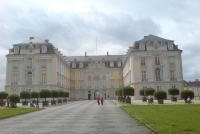
This castle is located in nice garden enviroment. The castle Augustusburg is very luxurious, i was quite curious how could anyone had lived in such a place. Every room is different and quite kitsch - mixture of chinese ornaments with blue dutch tiles looks quite strange. Staircase is beautiful and very impressing. The music room has a nice story - the ruler ate there and the people were honored when they could look at him from the musicians balcony. There is a tour which takes about one hour and i had luck - it was in english. Falkenlust is about 20 minutes from main castle through the gardens. Unfortunately there is reservation needed for this.
Pic: Castle Augustusburg from the front
Keep reading 0 comments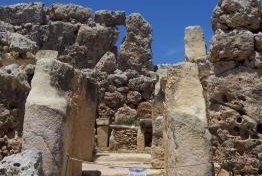
These seven temples are distributed across Malta and its sister island of Gozo. They consist of some of the oldest freestanding buildings in the world, providing an insight into some of the earliest forms of human worship. As such there is no doubt about the legitimacy of this inscription.
The first group of temples we visited were those at Tarxien, in the suburbs of Valletta and only a few minutes walk from the Hypogeum. These temples were built in the latest phase of temple building on Malta and contain some more advanced features, such as carvings of animals and the statues of ‘Fat Ladies’ in Paul Tanners picture below. I have to say that I was very under whelmed by this site, to the uninitiated it looks little more than a pile of large boulders in a patch of wasteland left over in the middle of town. However the staff were friendly and informative and they had great plans for a new visitors centre so hopefully things will be looking up for this site.
The other site we visited was the Ġgantija temple on the neighbouring island of Gozo. These were much more impressive and larger than the other temples, they also claim to be the oldest free standing structures in the world, though the temples at Ta'Hagrat and Skorba are probably older. I enjoyed this visit much more as the temples were in a much nicer location overlooking Gozo and back to Malta, the structures were also much larger. …
Keep reading 0 comments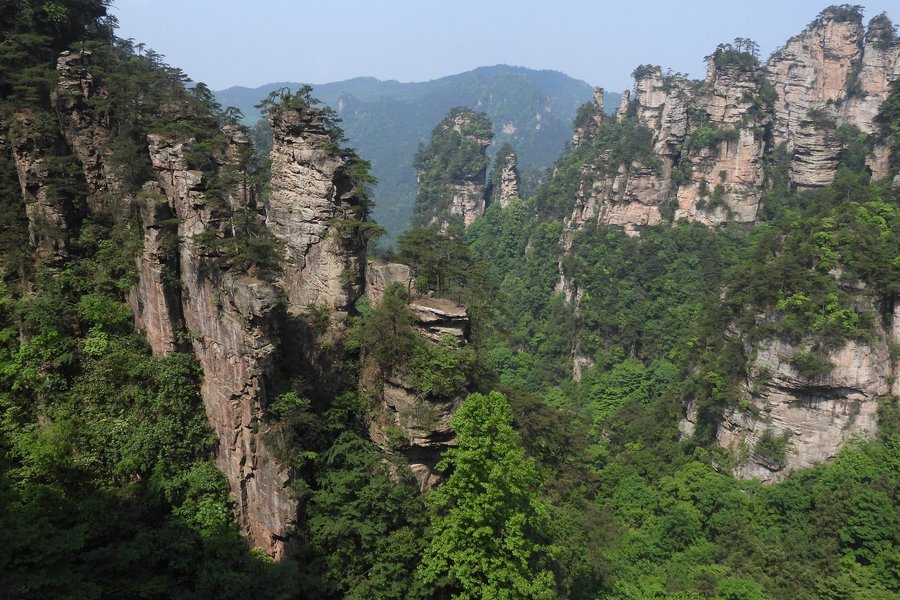
This site is mostly of karst formations, hundres of them, if not thousands of towers of rock, with dense vegetation covering the towers due to the humidty and temperate weather. As opposed to Arches in Utah, where the dry weather kept the rocks red and bare. Do bring a wide-angle lense of 18mm minimum, telephoto of 200mm and and polarizing filter for the waterfall with your camera.
Cable cars and well laid out paths allow you to see most of the sites. It could get monotonous after 2 days, though. Due to lower elevation climbs and walks are not demanding asin Huanglong or Jiuzhaigou, the other two more sites in the region.
There is now a direct flight from Hong Kong, so you can be spared of the long drive from other provincial cities, if you have no interest in them. As it is just being developed as a tourist area, accommodations, especially restroom facilities in restaurants are primitive, and can be turn-off to US or EU visitors. Besides the national park, there is also interesting local ethnic minority villages and customs to take in.
Keep reading 0 comments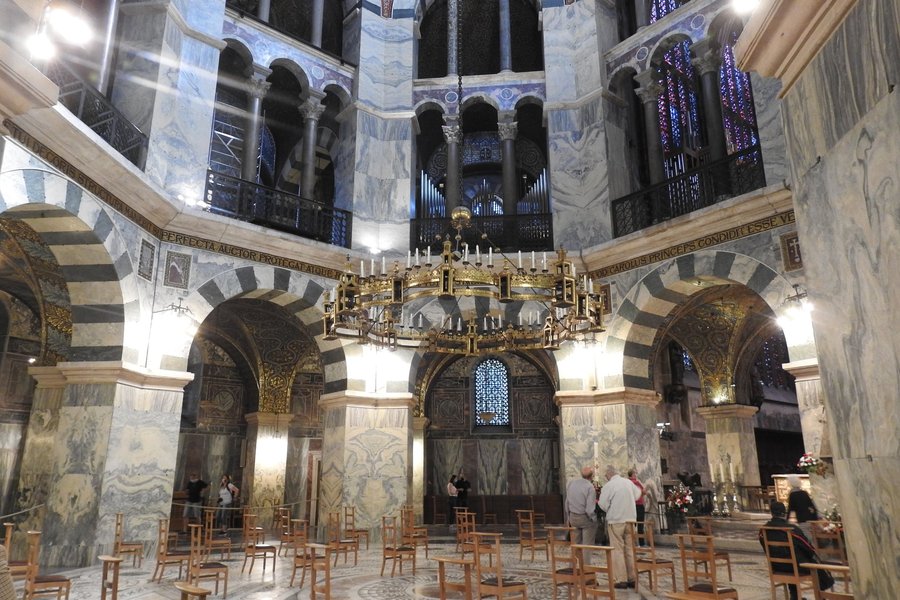
This is probably the most important WH site in Germany and the most significant religious building north of the Alps, and it is no wonder that it was the first site in Germany to be inscribed on the WH list.
It isn't very big, especially compared to the monster of a cathedral in nearby Cologne, but unlike the Kölner Dom, it does not lack in historic significance. Charlemagne is buried here, in what was his favorite place - because of the thermal springs -, and it was the site of the coronation of German kings for about 600 years. Their simple coronation throne is still visible today and is, besides the famous Octogon, the most interesting part of the cathedral.
One of the best sites in Germany, and one of the most important on the continent, for this is where Antiquity ended and Europe as we know it today was born.
Keep reading 0 comments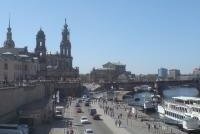
I visited this site on beautiful April's Saturday. The town center is beautiful and what is the best there are not so many tourists as in other sites (e.g. Prague). The town centre contains more impressive places as Zwinger, Temper oper and Schloss (castle). In Schloss there is a nice exhibition of jewels. Regarding the bridge which causes the "WH in danger" - at first sight the location of bridge should not cause such an "disaster". But the resolution is not on me. To stay there one more day would be better, but definitely this is a worth place to see.
Keep reading 0 comments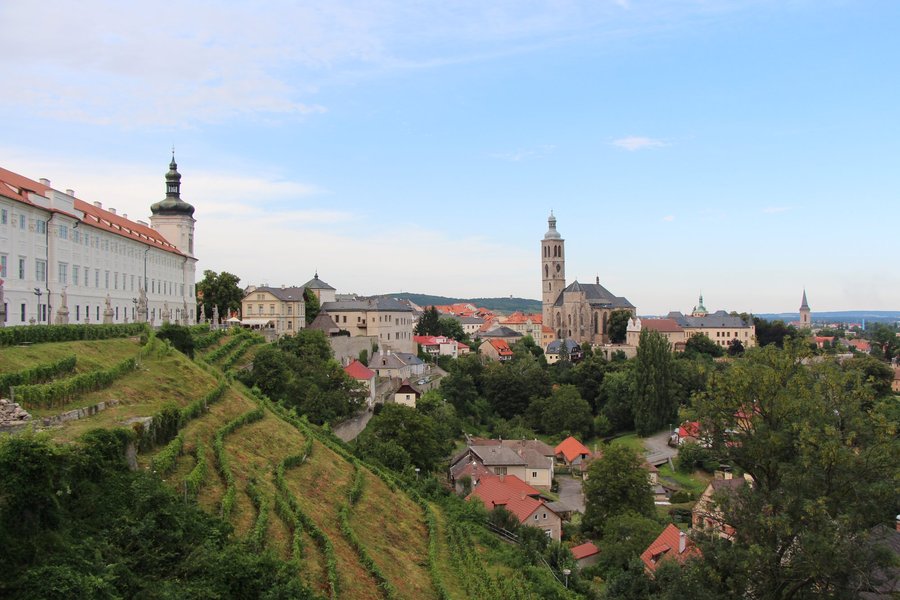
Because of its rich silver mines, Kutna Hora was Bohemia´s second largest city in the Late Middle Ages and in the Renaissance period. Today it has lost much of its importance, but it´s still one of the Czech Republic´s star attractions. The old town of Kutna Hora is well preserved and offers a great view of the surrounding area, since it´s located on a hill. The church of St. Barbara, the Italian Court and the Czech Silver Museum are definitely worth a visit (although I didn´t get to go on a tour of the mines, either). The suburb of Sedlec offers two more attractions - the Cathedral of Our Lady (newly renovated) and the weird Ossuary, which isn´t, as far as I can see, a part of the World Heritage site, but should be. Kutna Hora is an easy daytrip from Prague, but can also be reached from Brno. It´s definitely one of the best sights in the Czech Republic.
Keep reading 0 comments
This place is truly an off the beaten path treat! Although it is a bit difficult to reach, it can be easily seen along with The Rock art of San Francisco. This reserve is the winter home of more than 12,000 grey whales. They migrate here from the arctic ocean to give birth and enjoy the winter weather.
Vizcaino biosphere is best visited from Guerrero Negro, a small town about 450 miles south of San Diego in California. You can drive the entire distance on a good 2-lane highway.
The whales enter the salt lagoons in January and remain until Mid-March. The lagoons have a very high salt content (in fact, parts are a Japanese owned salt works that UNESCO worked hard to prevent expansion.) Females have their babies here because of a boost in floatation due to the saltiness. Entrance to the lagoons is strictly controlled but you can take a boat out into the lagoons for about 49 US dollars per person for 3 hours. Lots or tours are offered but you can just show up and join a small boat trip.
The boats quickly find the whales who are seemingly everywhere you look. They come right up to the boats and sometimes nudge them. The moms and babies swim together and you will assuredly see them jumping (breeching), diving, and generally playing.
There are about 7 or 8 modest hotels (don't expect much) and some great Mexican seafood restaurants in Guerrero Negro.
Keep reading 0 comments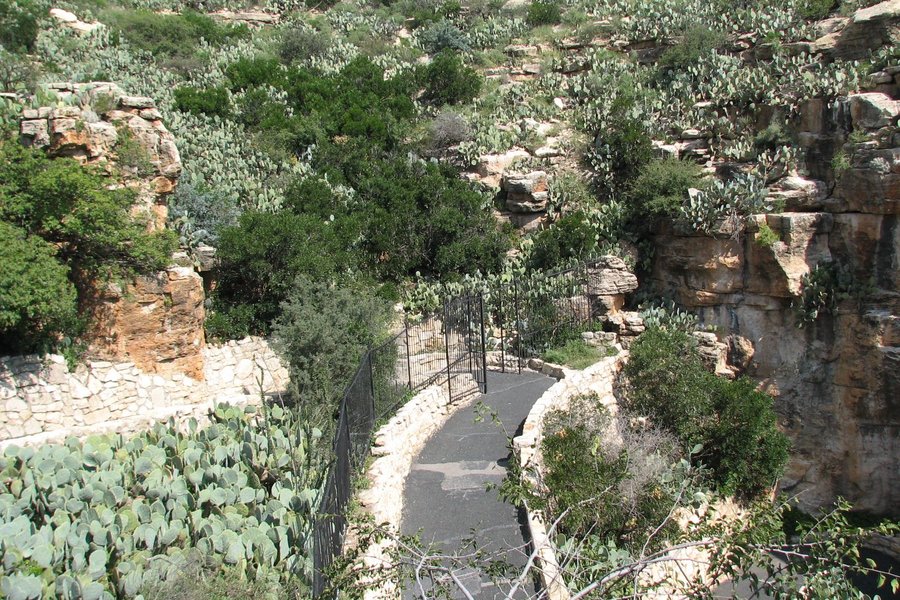
When I was 12, my family took a long tour throughout the American Southwest. Carlsbad Caverns is the site that sticks out in my memory, even more prominently than the Grand Canyon or Zion National Park. It really is a subterranean fantasyland.
Keep reading 0 comments